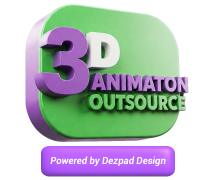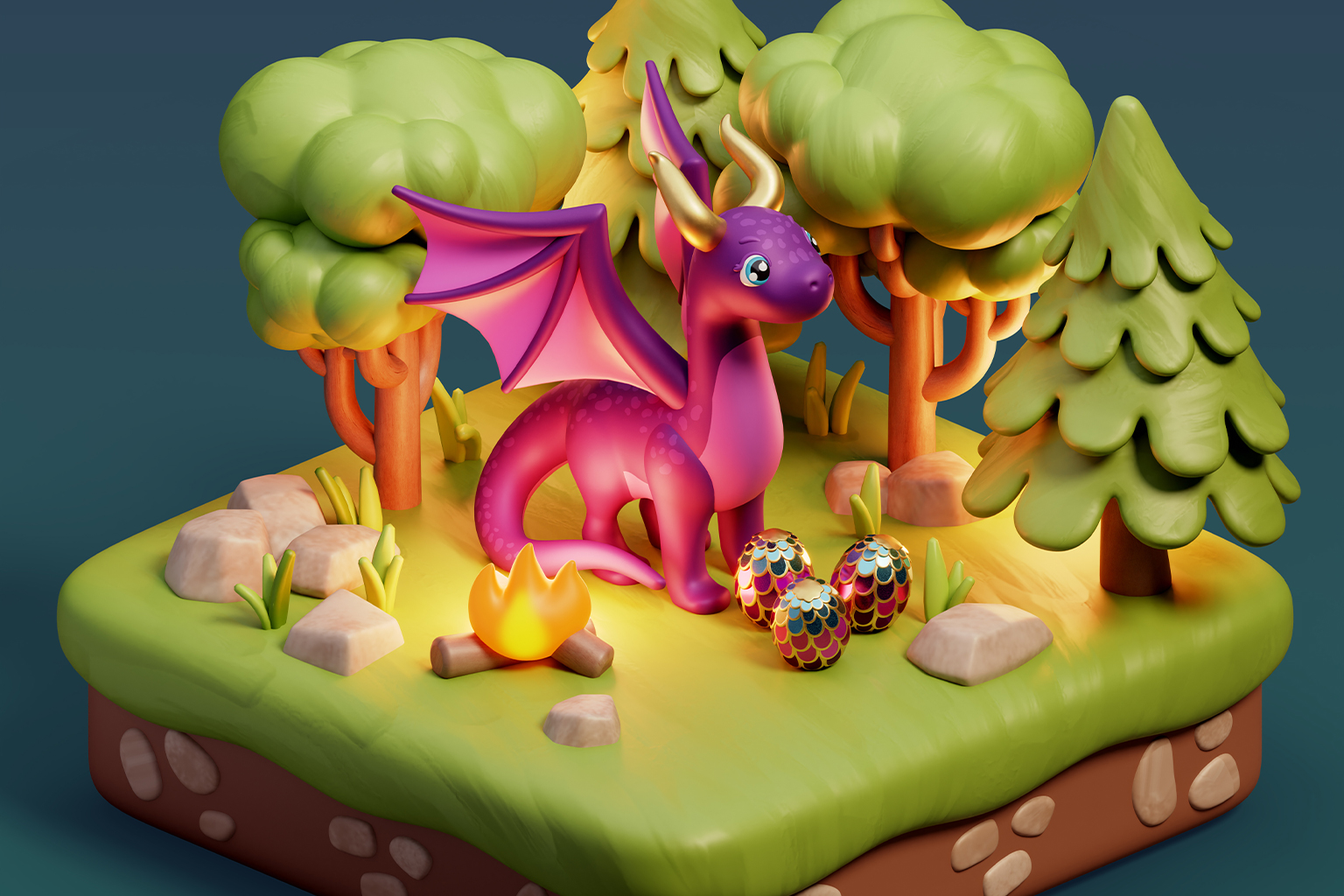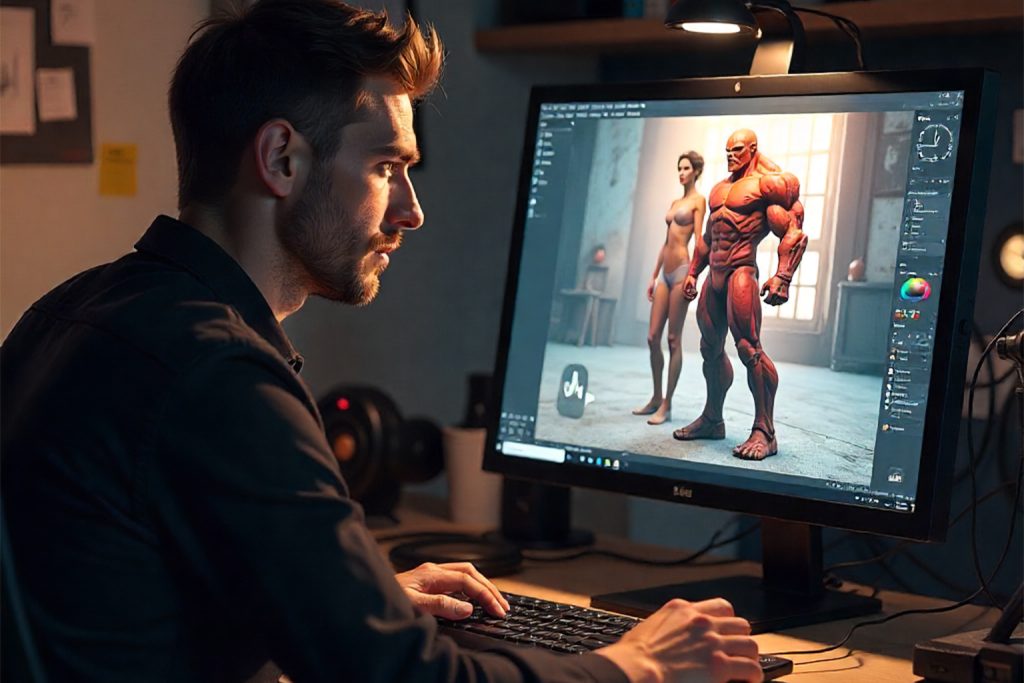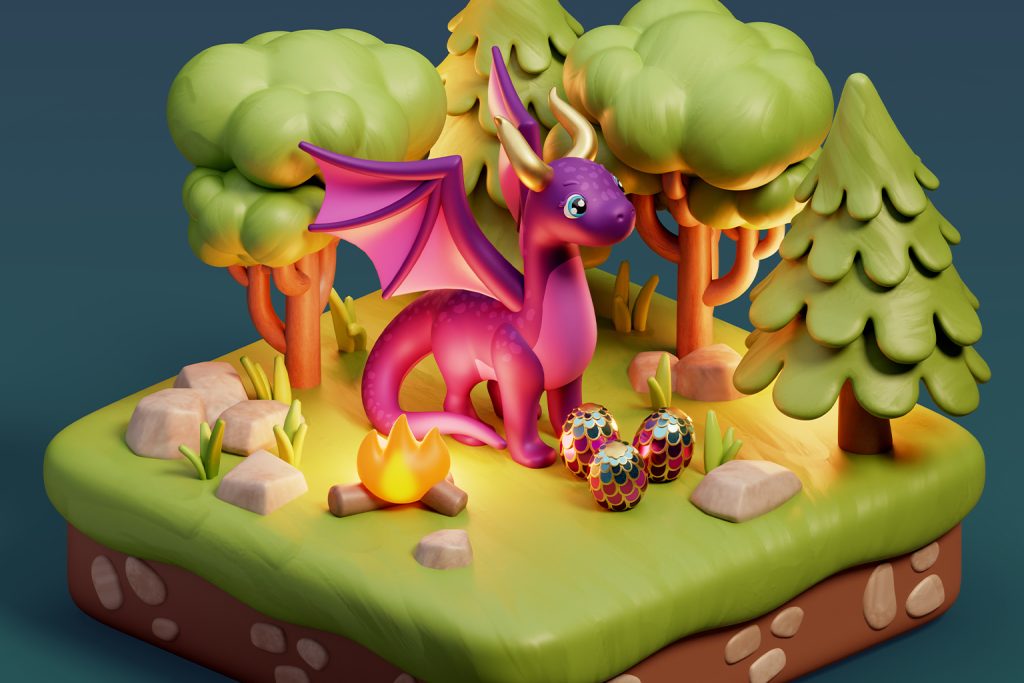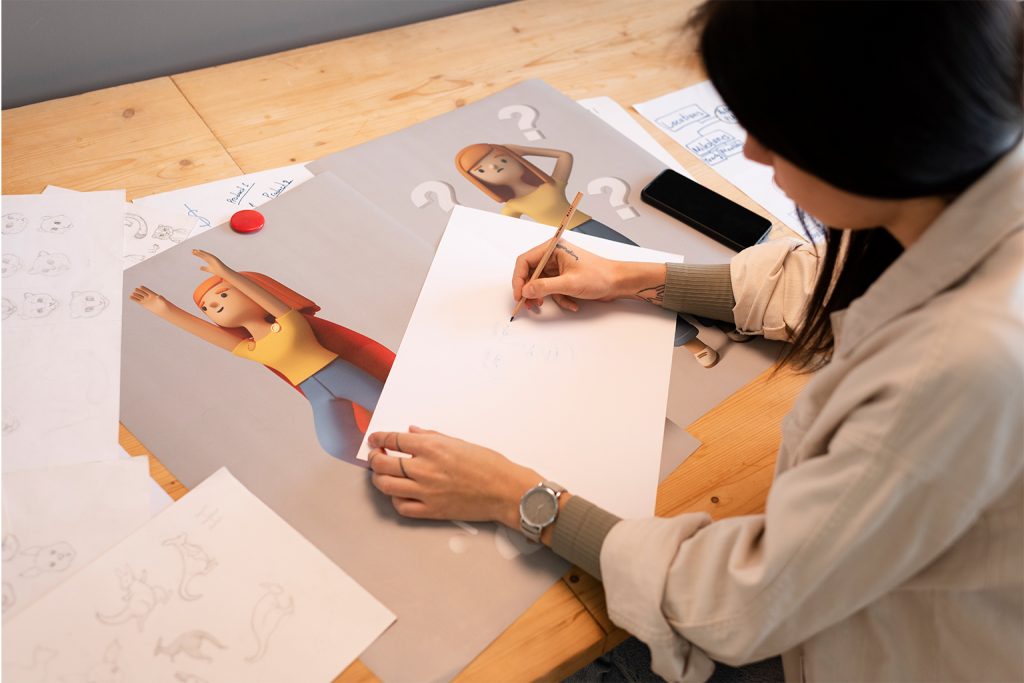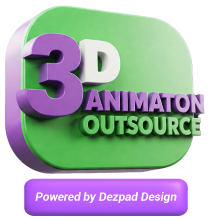In the world of game development, 3D game models serve as the foundation for creating immersive worlds, lifelike characters, and interacting items. Whether you are an independent developer or part of a large studio, mastering 3D modeling for games is vital. This technique entails converting your concepts into textured, animated assets that work well in game engines such as Unity or Unreal.
Understanding What It Takes to Build 3D Models for Games
Before starting, it’s important to learn the fundamentals. A three-dimensional model is made up of vertices, edges, and polygons (or faces). These determine the form and intricacy of your thing. Textures and materials provide color, detail, and realism. If your model requires motion, such as a character walking or a door opening, you must also deal with rigging, which involves creating a “skeleton” that allows the model to move naturally.
Tools and Software
Several software packages are popular in this field. Blender is an excellent choice for novices because it is free and has numerous powerful capabilities. Professionals frequently use Maya or ZBrush to create complex sculptures and high-fidelity models. Texture tools like Substance Painter allow you to create realistic surfaces. Always bear in mind if your final platform is PC, console, or mobile, as this will influence polygon restrictions, texture sizes, and performance.
Step-by-Step Guide to Creating Game-Ready 3D Assets
Concept and Planning
Begin by sketching the idea or collecting reference photos. Know what you want your model to do: will it be static or animated? What kind of appearance are you going for: stylized, realistic, or low-poly?
Blocking Out the Shape
Block out the primary forms of your model with simple shapes such as cubes, spheres, and cylinders. This provides a general structure before adding detail.
Refining Form and Detail
Once your block forms seem perfect, start refining them. Add subdivisions, extrude faces, bevel edges, and sculpt as necessary. This is where you develop your model’s personality.
Adding Texture and Material
Create or source textures. Apply them in the UV space so that they wrap neatly around your model. Use materials to specify how surfaces act, such as metal, fabric, and skin.
Rigging and Animation
If your model will move, configure bones and joints (rigging) and specify how they affect the mesh. Create animations or poses that will bring your character or object to life.
Exporting and Optimizing
Export your 3D model in game engine-friendly formats (such as FBX, OBJ, and GLTF). Optimize by keeping the polygon count manageable, using Levels of Detail (LODs), simplifying rigging, and ensuring texture efficiency. These procedures are critical for effective performance.
Extracting 3D Models from Games
Some designers are looking for ways to extract 3D models from games, whether for learning, modding, or inspiration. Keep in mind that many games include legal safeguards to protect their assets, so make sure you follow copyright rules. From a technical aspect, extracting frequently requires programs that read proprietary file formats, work with meshes, textures, and, in some cases, recreate UV maps. Use these methods only if permissible, and consider developing your own models instead, since they are more satisfying and safer.
Why Local Context Matters
Understanding the local 3D game environment is beneficial when working in Southeast Asia, notably Malaysia. 3D game environment in Malaysia may include certain artistic elements, resource limits, or audience expectations. Local game studios may focus on optimization for lower-end hardware, prefer cultural or regional visual styles, and benefit from in-person collaborations. Being aware of the surroundings allows you to create relevant and efficient 3D game modeling company work that appeals to both local and worldwide audiences.
Choosing a 3D Game Modeling Company
When it comes to high-quality work, faster turnaround, and technical mentorship, partnering with a reputable 3D game modeling company can make a significant impact. These businesses often offer complete services, including modeling, texturing, rigging, optimization, and, in some cases, animation. When evaluating one, consider their portfolio, communication style, ability to match your creative direction, and understanding of your target platform’s technological limits.
Final Thoughts
Creating 3D models for games is both an art and a craft. With the right tools, determination, and practice, anyone can progress from rough shapes to fully optimized game assets. Always think about performance, clarity of concept, and iteration. And remember, while technology helps, creativity and careful attention to detail are what truly make a 3D model shine. If you’re having trouble realizing this on your own, contact us to realize your dreams instead!
